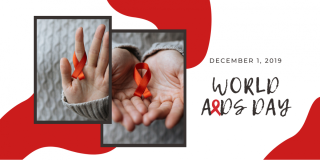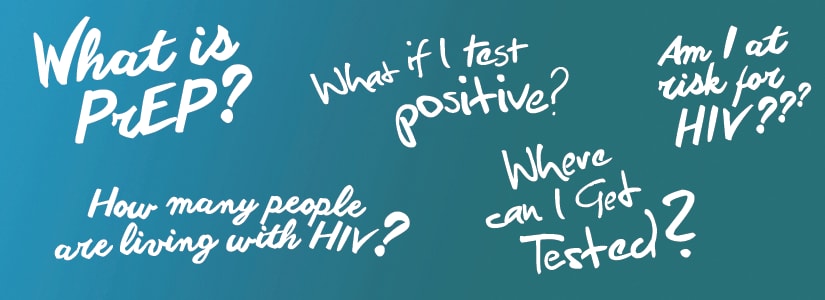World AIDS Day

World AIDS Day was first observed in 1988. Each year, organizations and individuals across the world bring attention to the Human Immunodeficiency Virus (HIV) epidemic by:
- Increasing HIV awareness and knowledge.
- Speaking out against HIV stigma.
- Calling for an increased response to move toward ending the HIV epidemic.
How Can we End the Epidemic?
Prevent new HIV transmissions by using proven interventions. CDC recommends that everyone between the ages of 13 and 64 get tested for HIV at least once as part of routine health care, but people who are higher risk should get tested more often. See Should I get tested for HIV? to learn more about who is at risk for HIV and who should be tested more often. Learn more about how to protect yourself, and get information tailored to meet your needs from CDC’s HIV Risk Reduction Tool.
Diagnose all individuals with HIV as early as possible. Approximately 165,000 Americans are living with HIV but don’t know they have it. Early detection is critical and can lead to quicker results in treatment and prevent transmission to others. The only way to know for sure whether you have HIV is to get tested. Knowing your HIV status helps you choose options to stay healthy. Use the HIV Testing Sites & Care Services Locator to find where you can get tested for HIV, as well as access to HIV prevention services such as pre-exposure prophylaxis (PrEP), post-exposure prophylaxis (PEP), and condoms. You can also call 1-800-CDC-INFO (232-4636) or text your ZIP code to KNOW IT (566948) to find HIV testing services.
- If you test positive, you can take medicine to treat HIV. People with HIV who take HIV medicine as prescribed can stay healthy for many years. HIV medicine also helps prevent transmission to others.
- If you test negative, you have more prevention tools available today to prevent HIV than ever before.
- If you are pregnant, you should be tested for HIV so that you can begin treatment if you’re HIV-positive. If an HIV-positive woman is treated for HIV early in her pregnancy, the risk of transmitting HIV to her baby is very low.
Speak out against HIV stigma. Stigma can be a debilitating barrier preventing people living with, or at risk for, HIV from receiving the health care, services, and respect they need and deserve. Responding to HIV is not just a biomedical issue, but a social challenge, too. Not sure what HIV stigma looks like? Here are some examples:
- Believing that only certain groups of people can get HIV.
- Refusing casual contact with someone living with HIV.
- Socially isolating a member of a community because they are HIV positive.
- Referring to people as "HIVers" or "Positives."
- Making moral judgements about people who take steps to prevent HIV transmission.
#StopHIVTogether #ActAgainstAIDS
To speak with a Public Health Nurse or to get more information on prevention, testing, and services, please call the East Hartford Health Department at 860-291-7325.


